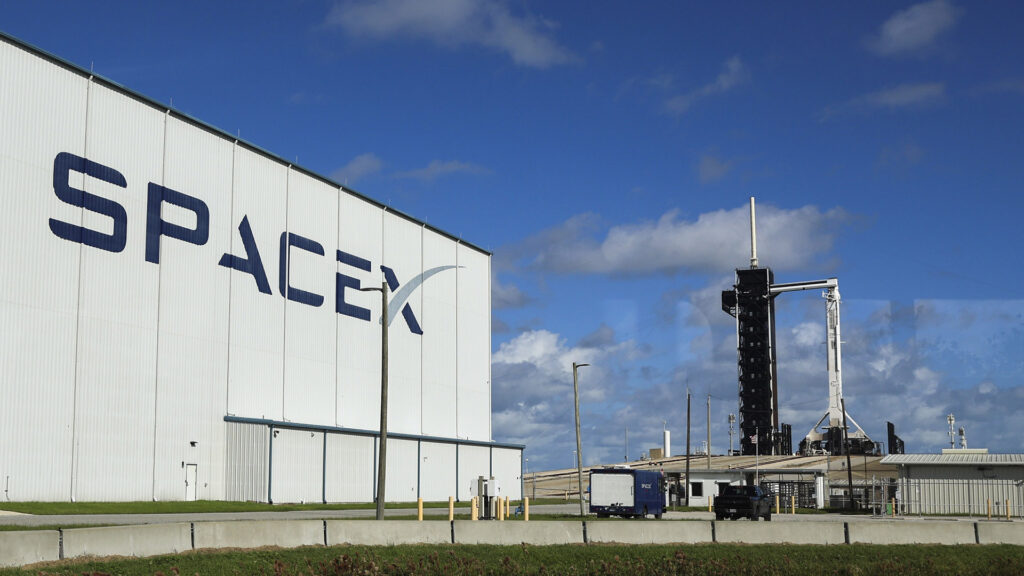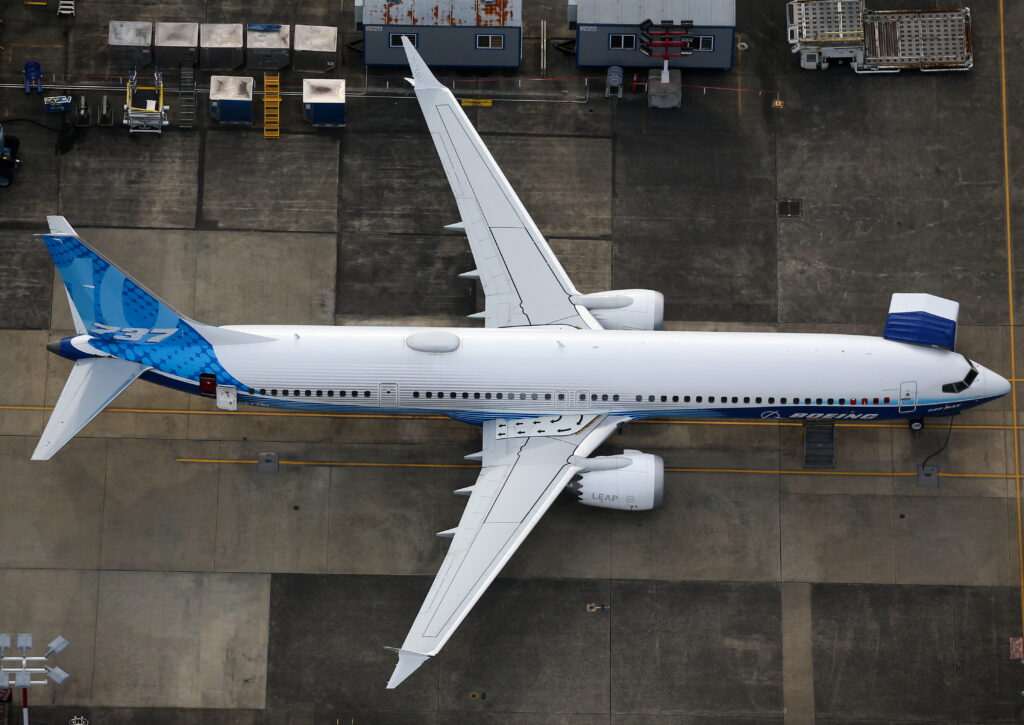In a significant shift in the aerospace industry, NASA announced a decision to return astronauts from the International Space Station (ISS) using SpaceX‘s Dragon spacecraft instead of Boeing’s Starliner. This decision highlights ongoing challenges faced by Boeing’s Starliner program, which has struggled with technical issues since its inception.
Meanwhile, SpaceX is poised to make history with its upcoming Polaris Dawn mission, marking the first spacewalk involving private citizens.
Highlights
- NASA’s Decision: NASA opts for SpaceX’s Dragon spacecraft to return astronauts, sidelining Boeing’s Starliner due to safety concerns.
- Boeing’s Challenges: The Starliner program faces scrutiny after multiple delays and technical failures, raising questions about Boeing’s future in manned spaceflight.
- SpaceX’s Polaris Dawn Mission: SpaceX continues to lead the commercial space race with the Polaris Dawn mission, which includes the first spacewalk by private citizens.
- Industry Impact: The competition between Boeing and SpaceX intensifies, with SpaceX gaining a significant edge in the aerospace sector.
NASA’s Decision: A Blow to Boeing
NASA’s choice to use SpaceX’s Dragon spacecraft instead of Boeing’s Starliner to return astronauts from the ISS is a major blow to Boeing. Originally, the Starliner was slated to handle this mission, but safety concerns and past technical issues have led NASA to rely on SpaceX.
This uncrewed return of Starliner allows NASA to gather more data without risking crew safety, but it also underscores the struggles Boeing has faced with the program.
SpaceX’s Continued Rise with Polaris Dawn
While Boeing grapples with setbacks, SpaceX is gearing up for another groundbreaking mission. The Polaris Dawn mission will see the first spacewalk by private citizens and aims to push the boundaries of commercial space exploration.
The mission will travel to the Van Allen radiation belts, marking the highest altitude for humans since the Apollo program. The mission’s objectives, which include testing advanced communication systems and studying the impact of radiation on humans and equipment, further cement SpaceX’s leading position in the industry.
Industry Insights: The Changing Landscape
The aerospace industry is witnessing a paradigm shift as SpaceX continues to outpace Boeing in terms of innovation and reliability.
- Boeing’s ongoing issues with the Starliner program have led to speculation that the company may eventually exit the manned spaceflight sector.
- This development contrasts sharply with SpaceX’s trajectory, as it continues to secure NASA contracts and lead ambitious projects like the Polaris Dawn mission.
The competitive dynamics between these two giants are reshaping the future of space exploration.
The Future of Boeing and SpaceX
Boeing’s challenges with the Starliner program have put the company in a precarious position, especially as SpaceX continues to demonstrate its capabilities and reliability.
The decision by NASA to use SpaceX’s Dragon spacecraft over Starliner is not just a setback for Boeing but also a signal of the shifting power dynamics in the aerospace industry. As SpaceX pushes the envelope with missions like Polaris Dawn, Boeing must address its technical challenges to remain competitive in the rapidly evolving space race.






